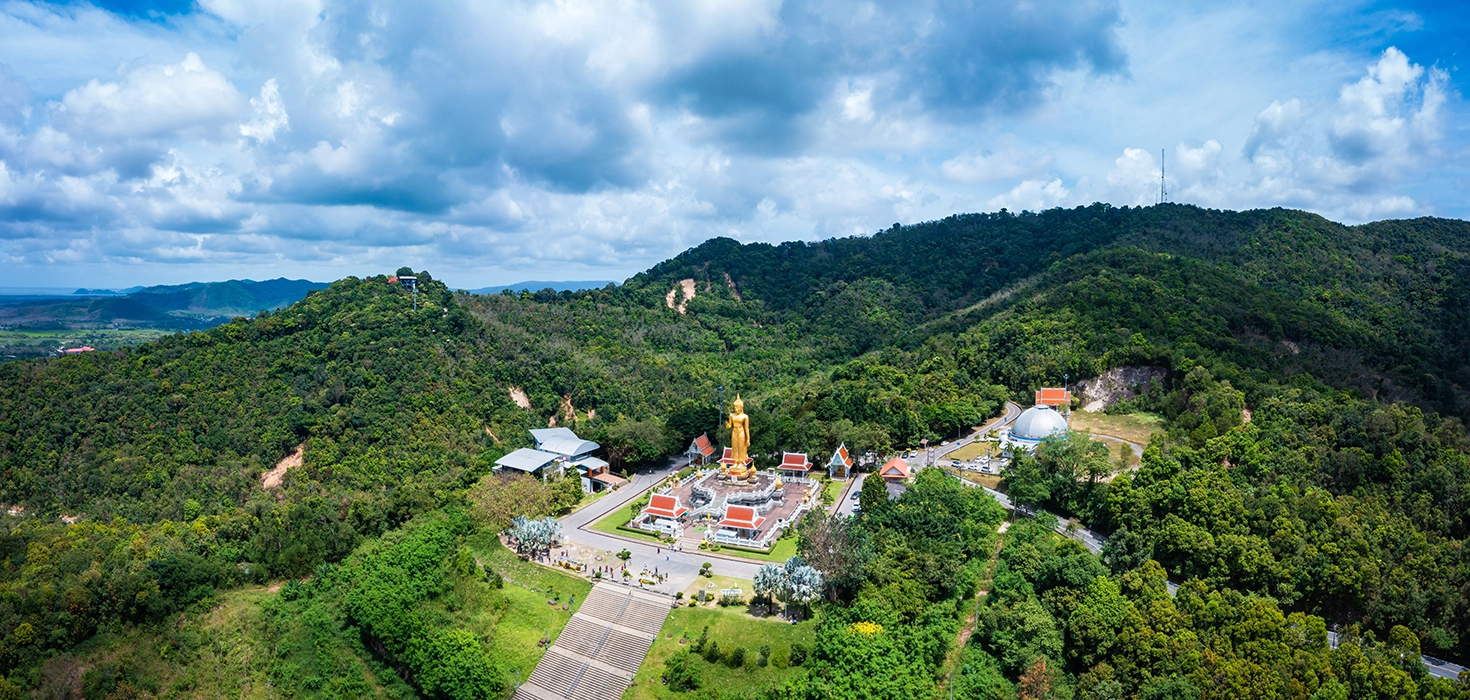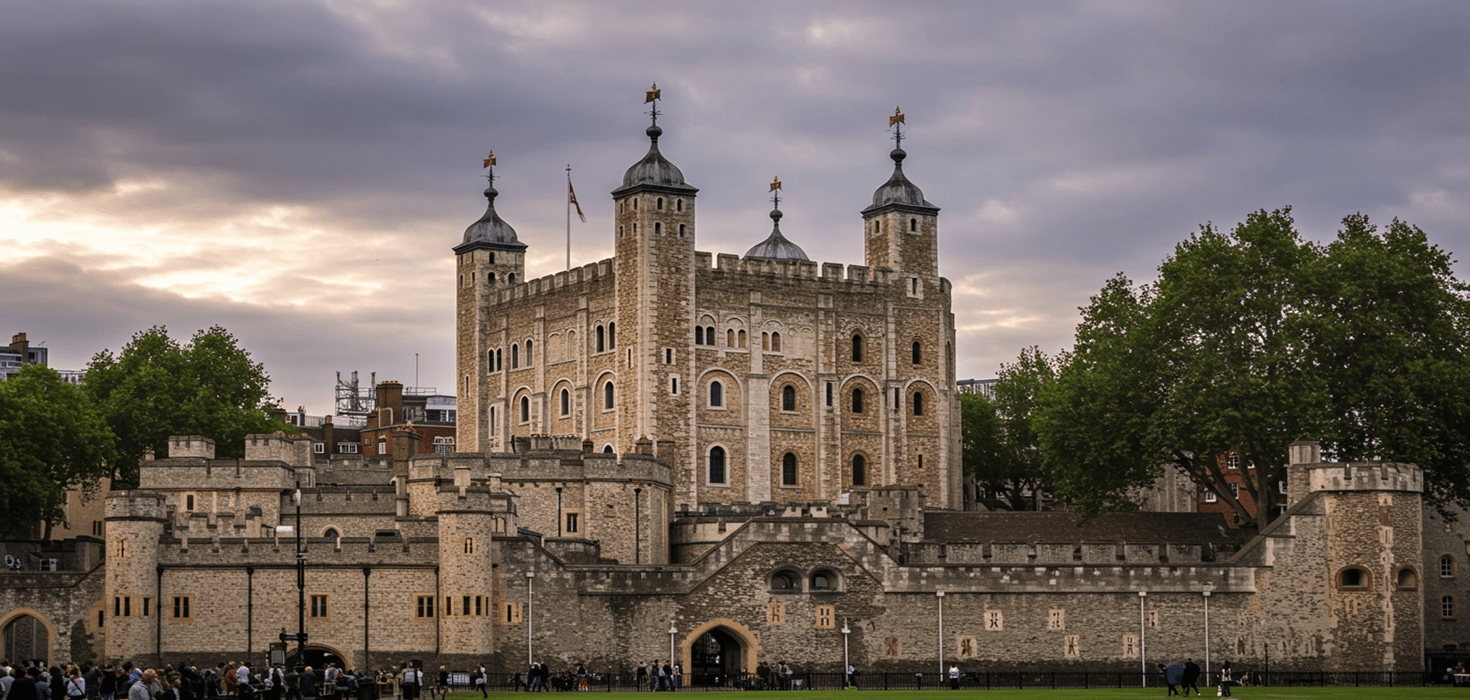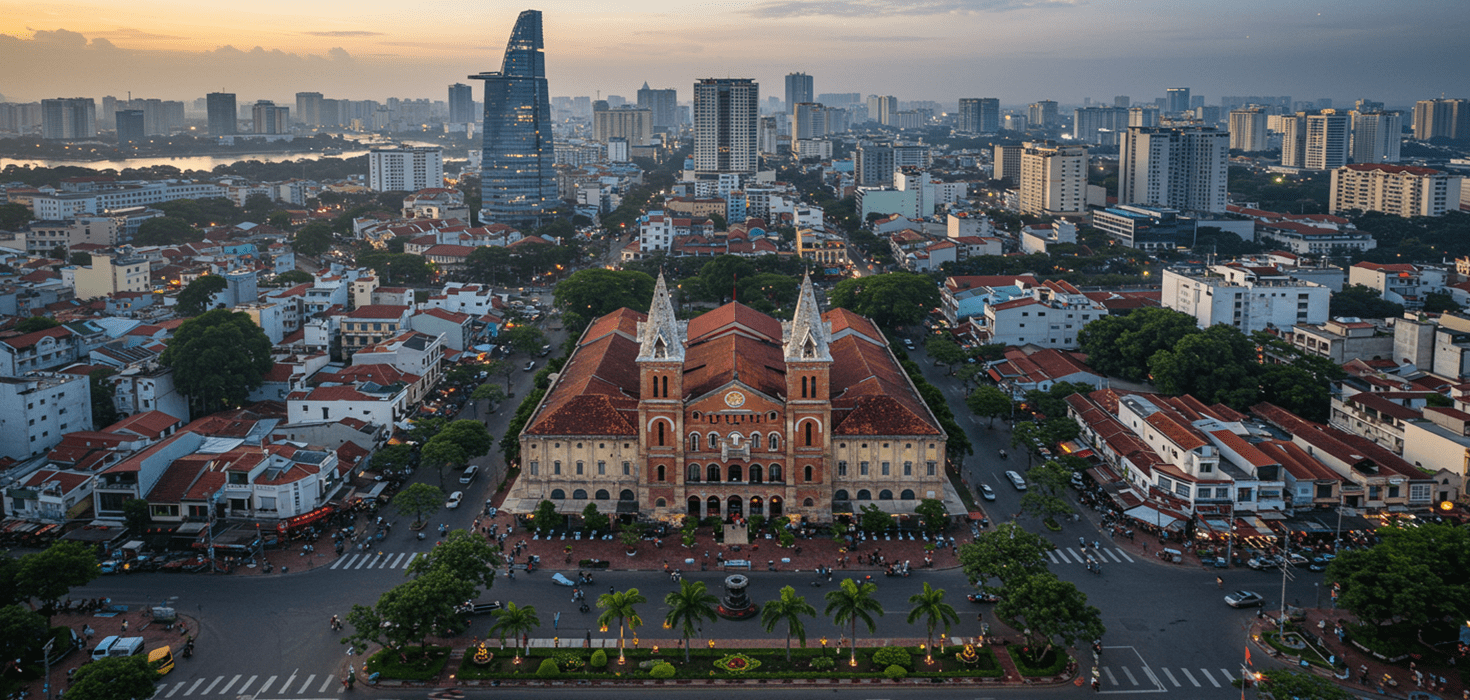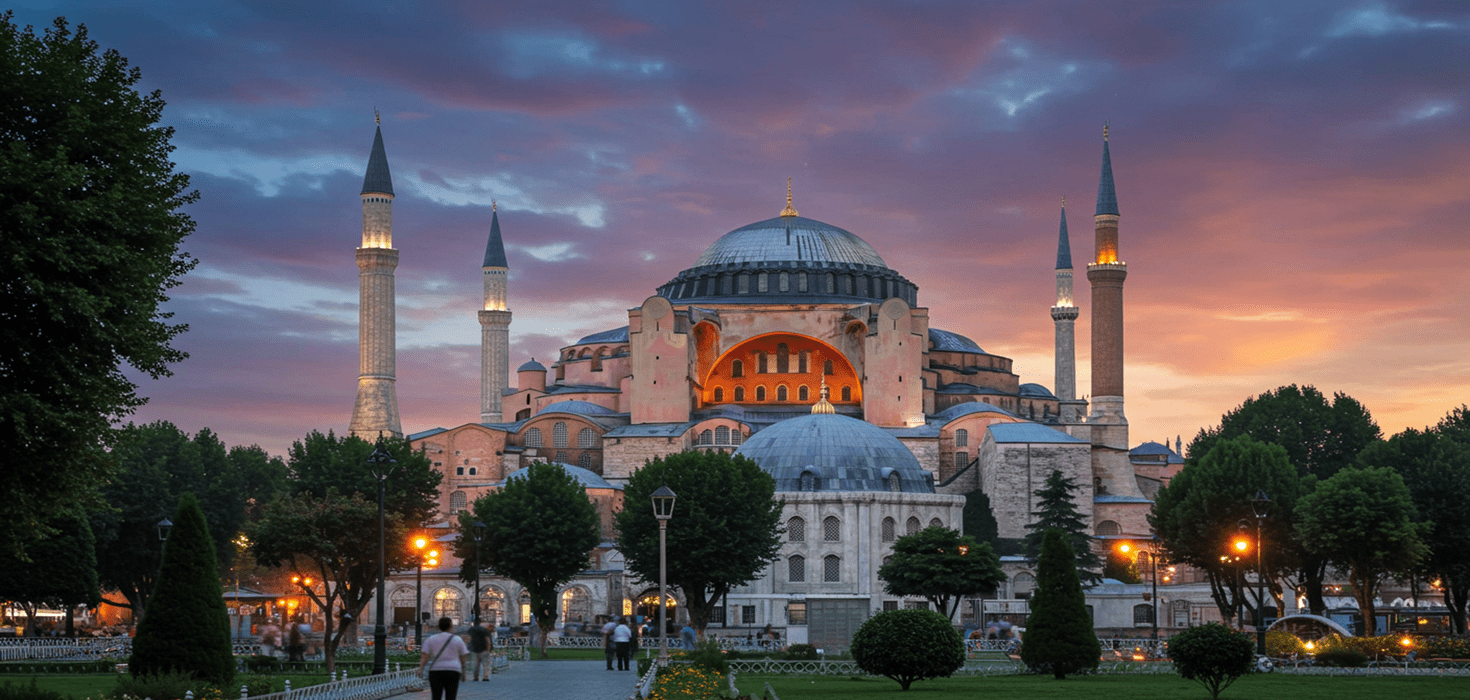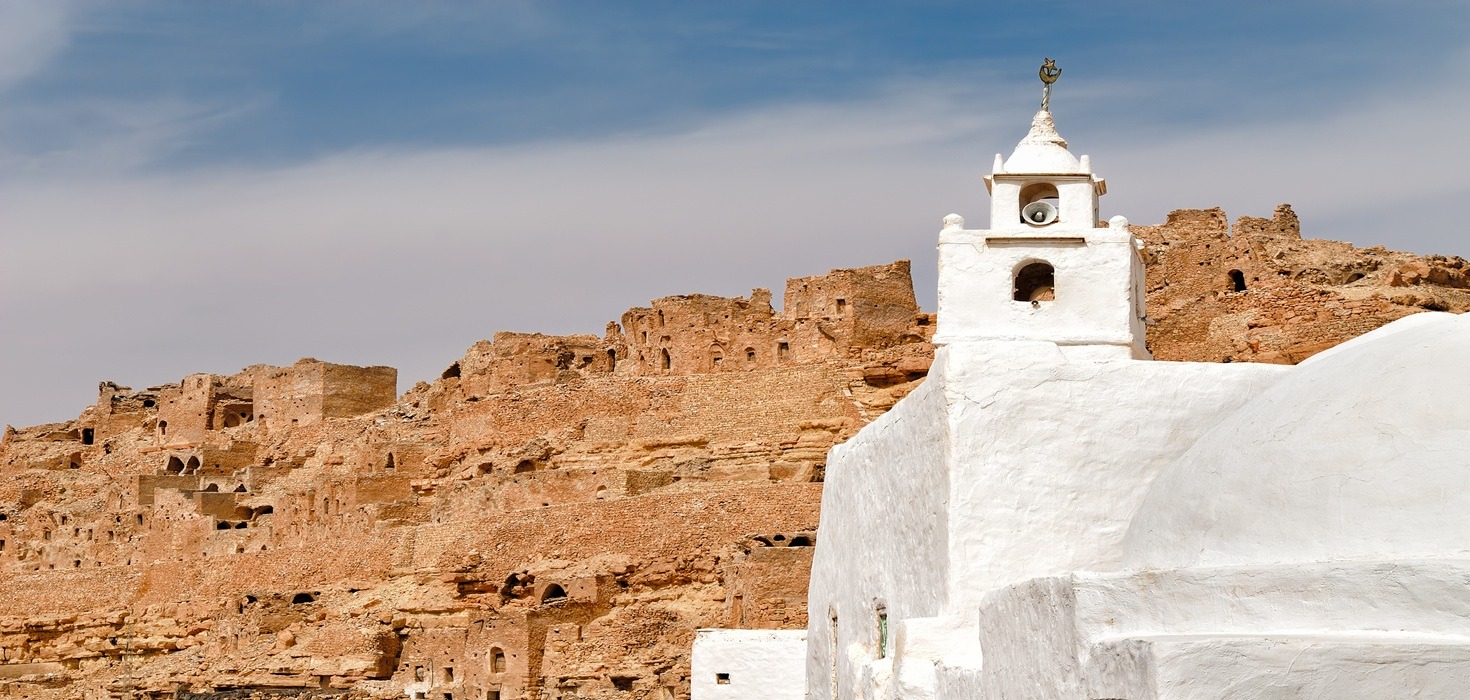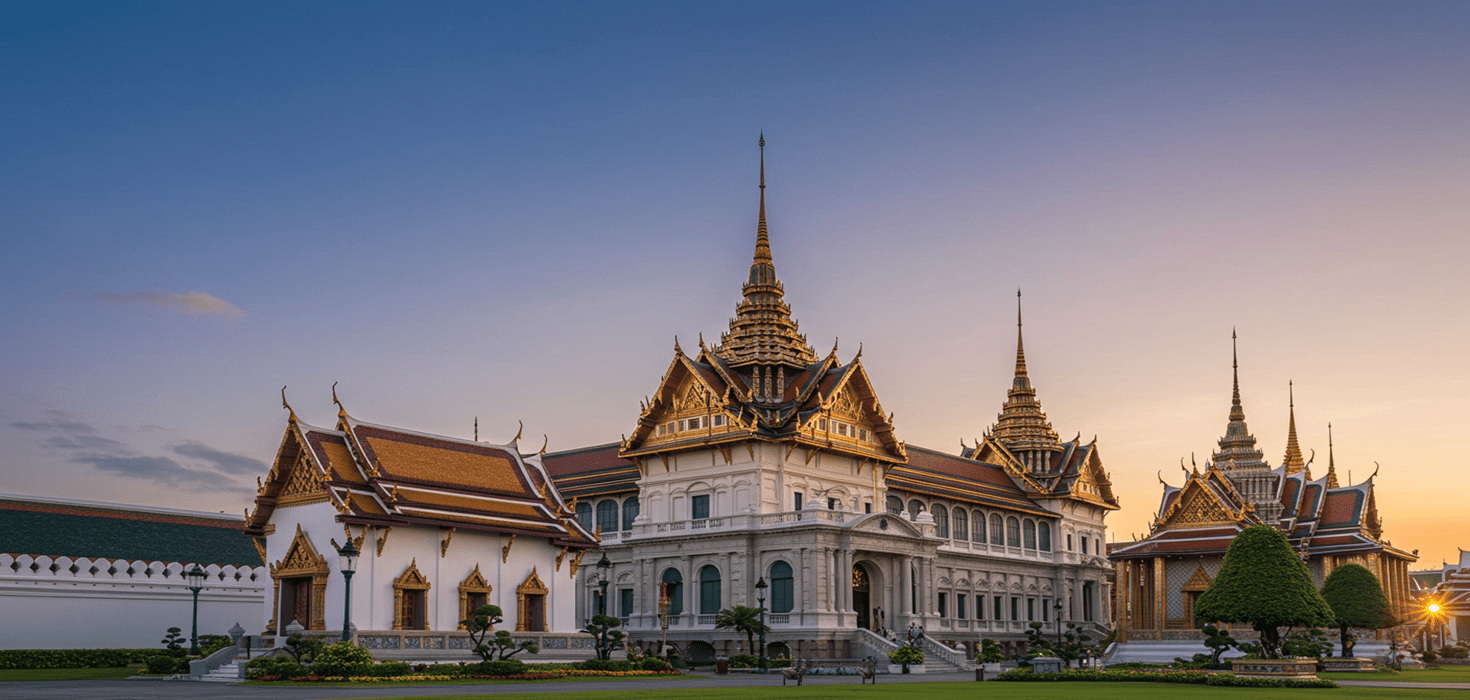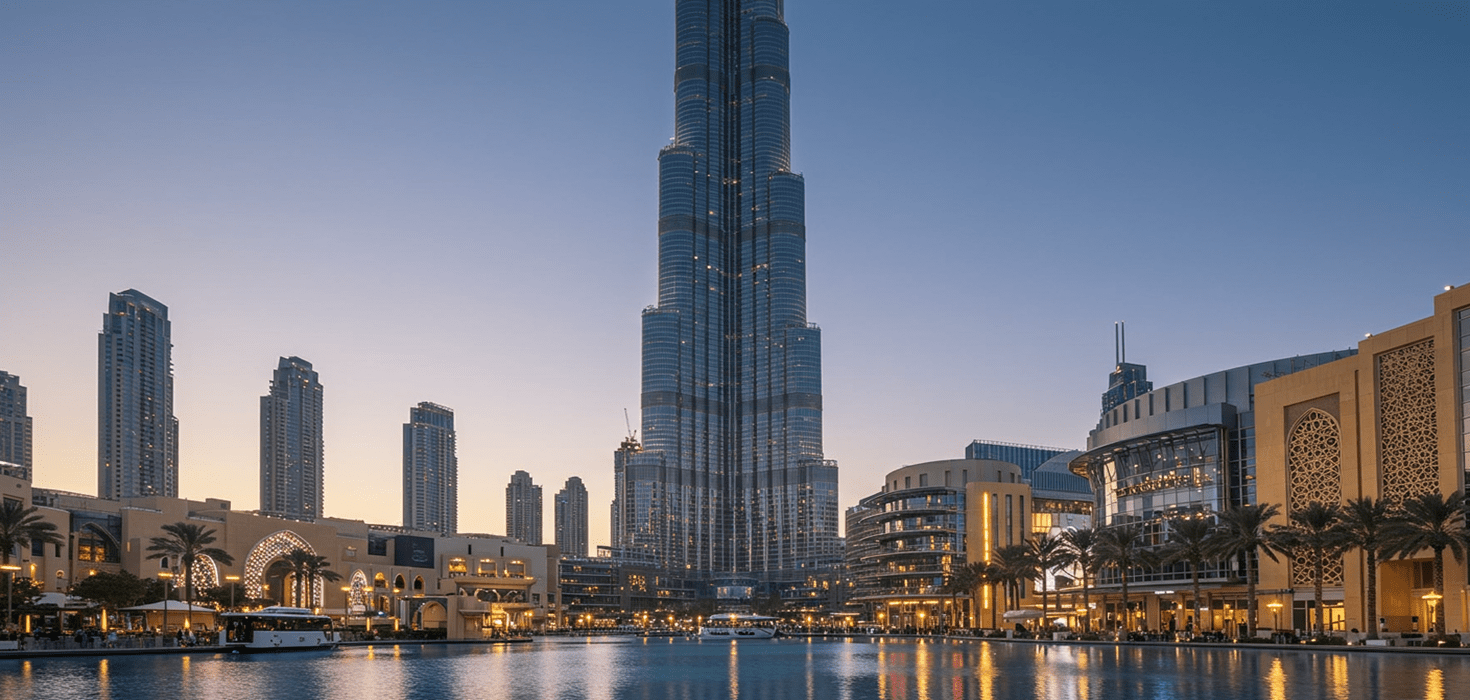Introduction
Picture this: you’re in Hanoi, surrounded by the lively hustle of street vendors and the aroma of delicious pho wafting through the air. Yet, just a few hours away lies a different world—the enchanting landscapes and rich culture of Sapa. This travel guide will take you from the vibrant streets of Hanoi to the serene mountains of Sapa, showcasing the breathtaking beauty and cultural treasures that await you on this unforgettable journey.
As you travel from Hanoi to Sapa, prepare to be captivated by the stunning terraced rice fields, towering mountains, and the warm hospitality of the local ethnic communities. Whether you’re trekking through lush valleys, exploring traditional villages, or soaking in the breathtaking views from Fansipan Mountain, Sapa promises an adventure like no other. Ready to discover the best of Sapa? Let’s get started on your Hanoi to Sapa travel guide!
The Distance and Travel Time: What to Expect
So, how far is Sapa from Hanoi? The distance is approximately 350 kilometers (about 217 miles), making it a perfect getaway for those looking to escape the city for a few days. Depending on your mode of transportation, the travel time can vary significantly, but each option offers its own unique experience. Let’s break it down!
Overview of Distance: How far is Sapa from Hanoi?
When you set out on your journey, you’ll find that the distance from Hanoi to Sapa is not just a number; it’s a gateway to a world filled with natural wonders and cultural experiences. The winding roads through the mountains offer stunning views, especially as you approach Sapa. Each turn reveals a new landscape, from lush green hills to quaint villages dotting the valleys below.
Travel Time Breakdown: Bus vs. Train vs. Private Car
Now, let’s talk about travel time! Here’s a quick rundown of your options:
- Bus: Taking a bus from Hanoi to Sapa is a popular choice, with travel times ranging from 6 to 8 hours depending on traffic and road conditions. Many buses offer comfortable seating and even Wi-Fi, making the journey enjoyable.
- Train: If you prefer a scenic experience, consider taking the train to Lao Cai. The train ride lasts about 8 hours, and you can choose to travel overnight, waking up to the beautiful landscapes of Northern Vietnam. Once you arrive at Lao Cai, a short bus ride will take you to Sapa.
- Private Car: For those seeking luxury and flexibility, hiring a private car is the way to go. The drive takes around 5 to 6 hours, allowing you to stop along the way for photos or snacks. This option is perfect for families or groups who want to travel at their own pace.
Regardless of your chosen mode of transportation, the journey from Hanoi to Sapa is part of the adventure. Expect breathtaking views, winding roads, and perhaps a few friendly locals along the way. Don’t forget to keep your camera handy; the scenery is simply too beautiful to miss!
Transportation Options: Choosing Your Adventure
Now that you know how to get from Hanoi to Sapa, let’s explore the various transportation options available. Each method has its own charm and can add a unique flavor to your travel experience. Whether you prefer the convenience of a bus, the scenic journey by train, or the luxury of a private car, there’s something for everyone!
Hanoi to Sapa Bus: Comfort and Convenience
Taking a bus from Hanoi to Sapa is a popular choice, especially for budget travelers. The buses are generally comfortable, with reclining seats and air conditioning, making the journey as pleasant as possible. Many bus companies offer sleeper buses, allowing you to lie down and relax during the ride. Plus, with travel times ranging from 6 to 8 hours, you can catch up on some much-needed rest before arriving in the stunning mountains!
For a hassle-free experience, consider booking your bus tickets in advance, especially during peak tourist seasons. Many companies allow online booking, so you can secure your seat from the comfort of your home. Remember to check the bus schedule and choose a departure time that suits your itinerary.
Hanoi to Sapa Train: Scenic Overnight Experience
If you’re looking for a more scenic route, the train from Hanoi to Lao Cai is a fantastic option. The train ride lasts about 8 hours, and you have the choice of traveling overnight. Imagine waking up to the breathtaking views of lush green valleys and mountains as the train winds its way through the countryside!
Once you arrive at Lao Cai, a short bus ride will take you to Sapa, where your adventure truly begins. Opting for the train not only offers a unique travel experience but also allows you to meet fellow travelers and locals along the way. Don’t forget to book your train tickets in advance, especially during busy seasons, as they can sell out quickly!
Private Car Transfers: Luxury and Flexibility
If you’re traveling with family or a group of friends, hiring a private car can be the perfect solution for a comfortable and flexible journey. With travel times of around 5 to 6 hours, you can customize your stops along the way, whether it’s for a quick photo op or a snack break at a local eatery.
Many car rental services offer English-speaking drivers who can share insights about the area and recommend hidden gems to explore. This option is ideal for those who value convenience and want to make the most of their journey. Just remember to negotiate the price beforehand or book through a reputable service to avoid any surprises.
Whichever transportation option you choose, the journey from Hanoi to Sapa is filled with beautiful scenery and exciting experiences. So buckle up, sit back, and enjoy the ride!
Crafting the Perfect Itinerary: A Day-by-Day Guide
Ready to explore Sapa? Here’s a day-by-day itinerary that captures the essence of this magical destination. Whether you’re a nature lover, a culture enthusiast, or a foodie, Sapa has something for everyone!
Day 1: Arrival in Sapa and Exploring the Town
After arriving in Sapa, take some time to settle into your accommodation and soak in the fresh mountain air. Start your adventure by exploring the town. Stroll through the bustling markets where you can find handmade crafts, traditional clothing, and local produce. Don’t miss the chance to try some delicious street food—grab a bowl of steaming pho or some grilled corn!
As the sun begins to set, head to the Sapa Stone Church, a beautiful French colonial structure that stands as a symbol of the town. Capture the stunning sunset over the mountains, and if you’re lucky, you might catch a glimpse of the local Hmong women selling their handicrafts nearby.
Day 2: Trekking Adventures in Sapa
Get ready for a day of adventure! Sapa is famous for its trekking routes that lead you through breathtaking landscapes and picturesque villages. Start your day early with a hearty breakfast, then set off on a trek to the nearby villages of Cat Cat and Ta Phin.
The trek will take you through lush rice terraces, cascading waterfalls, and vibrant local markets. Along the way, you’ll have the chance to meet local ethnic communities, learn about their traditions, and perhaps even join in on a dance or two! Don’t forget your camera; the views are simply stunning!
Day 3: Cultural Experiences and Local Cuisine
On your final day in Sapa, immerse yourself in the local culture. Visit the Sapa Museum to learn about the region’s history and the various ethnic groups that call it home. Afterward, take a cooking class where you can learn to prepare traditional Sapa dishes using fresh, local ingredients.
In the evening, treat yourself to a meal at one of Sapa’s delightful restaurants. Try local specialties like grilled fish or bamboo sticky rice. As you savor the flavors of Sapa, reflect on the incredible experiences you’ve had during your visit.
With this itinerary, you’ll experience the best of Sapa’s natural beauty and rich culture. Feel free to mix and match activities based on your interests and pace!
Weather Wonders: Best Times to Visit Sapa
Before you pack your bags, let’s talk about the weather in Sapa. The climate can vary significantly throughout the year, so knowing the best times to visit will help you make the most of your trip!
Seasonal Overview: What to Expect Year-Round
Sapa experiences a temperate climate, with four distinct seasons. Here’s a quick overview:
- Spring (March to May): This is one of the best times to visit Sapa. The weather is mild, with temperatures ranging from 15°C to 25°C (59°F to 77°F). The rice terraces are lush and green, and flowers bloom beautifully, making it perfect for trekking and photography.
- Summer (June to August): Summer can be quite humid, with temperatures reaching up to 30°C (86°F). However, this is also the time when the rice fields are at their fullest, creating a stunning golden landscape. Be prepared for occasional rain showers!
- Autumn (September to November): Autumn is another fantastic time to visit, with cooler temperatures and clear skies. The rice harvest season occurs in September, painting the landscape in vibrant shades of yellow. It’s perfect for outdoor activities and photography.
- Winter (December to February): Winters in Sapa can be chilly, with temperatures dropping to around 5°C (41°F). While it may not be the ideal time for trekking, the misty landscape has a unique charm, and you might even see some frost on the rice terraces.
Best Times for Trekking and Photography
The best months for trekking in Sapa are from March to May and September to November. During these periods, the weather is pleasant, and the landscapes are at their most beautiful. If you’re a photography enthusiast, aim for early mornings or late afternoons to capture the stunning light over the mountains.
Regardless of when you visit, be sure to pack layers, as temperatures can fluctuate throughout the day. A light rain jacket is also a good idea, especially during the summer months!
Sapa’s Must-See Attractions: Nature and Culture Combined
Sapa is brimming with incredible attractions that showcase its natural beauty and rich culture. Here are some must-see spots that you simply can’t miss!
Iconic Natural Sites: Fansipan Mountain and Rice Terraces
No trip to Sapa is complete without a visit to Fansipan Mountain, the highest peak in Vietnam. Standing at 3,147 meters (10,326 feet), it’s often called “The Roof of Indochina.” You can either trek to the summit, which takes about 2-3 days, or take the cable car for a stunning aerial view of the surrounding landscape.
The terraced rice fields are another iconic sight in Sapa. These stunning fields are not just a feast for the eyes; they are also a vital part of the local economy. The best time to visit is during the harvest season in September, when the fields turn a brilliant shade of gold.
Cultural Hotspots: Cat Cat Village and Local Markets
For a taste of local culture, head to Cat Cat Village, home to the Hmong people. This charming village is known for its traditional handicrafts, stunning landscapes, and friendly locals. You can wander through the village, learn about their customs, and even participate in local crafts.
Don’t forget to visit the Sapa Market, where you can find everything from fresh produce to handmade souvenirs. It’s a great place to interact with locals and soak in the vibrant atmosphere!
With so much to see and do, Sapa is a treasure trove of natural beauty and cultural experiences. Make sure to set aside time to explore these attractions!
Culinary Delights: Tasting Your Way Through Sapa
Food lovers, rejoice! Sapa is a culinary paradise just waiting to be explored. The local cuisine is a delightful mix of flavors and ingredients that reflect the region’s rich culture.
Traditional Dishes: What to Order
When in Sapa, be sure to try some local specialties. Start with thang co, a traditional dish made with horse meat, herbs, and spices. It’s often served during festivals and is a must-try for the adventurous eater!
Another dish to seek out is grilled fish, usually cooked over an open flame and served with a side of fresh herbs and rice. For dessert, don’t miss out on bamboo sticky rice, a sweet treat that’s both delicious and unique to the region.
Best Places to Eat in Sapa
Sapa is home to a variety of eateries, ranging from street food stalls to cozy restaurants. For an authentic experience, head to the local markets and sample dishes from various vendors. You’ll find plenty of options, from savory snacks to hearty meals.
If you prefer a sit-down meal, check out some of the local restaurants that offer stunning views of the rice terraces. Enjoy your meal while soaking in the breathtaking scenery—what could be better?
With so many delicious dishes to try, your taste buds are in for a treat in Sapa. Don’t be shy to explore and ask locals for their recommendations!
Trekking in Sapa: Trails, Tips, and Treasures
For adventure seekers, trekking in Sapa is an absolute must! The region is known for its stunning trails that lead you through breathtaking landscapes and local villages.
Overview of Popular Trekking Routes
Some of the most popular trekking routes include the trek to Cat Cat Village, which is relatively easy and perfect for beginners. The trail takes you through beautiful rice terraces and offers a glimpse into the daily lives of the local Hmong people.
For a more challenging trek, consider the route to Ta Phin Village, which offers stunning views and a chance to learn about the Red Dao culture. The trek can take about 4-5 hours, so be sure to wear comfortable shoes and bring plenty of water!
Tips for First-Time Trekkers
If you’re new to trekking, here are some handy tips to make your experience enjoyable:
- Wear proper footwear: Sturdy hiking shoes are essential for navigating uneven terrain.
- Stay hydrated: Bring a reusable water bottle and refill it along the way.
- Hire a local guide: Consider hiring a local guide to enhance your experience and support the community.
With these tips in mind, you’re ready to hit the trails and discover the natural beauty of Sapa!
Festivals and Events: Celebrating Sapa’s Culture
Sapa is rich in culture, and its festivals are a fantastic way to immerse yourself in the local traditions. Here’s a look at some of the major festivals and events you can experience during your visit.
Major Festivals: Timing and Significance
One of the most significant festivals in Sapa is the Hmong New Year, usually celebrated in late November to early December. This vibrant festival includes traditional dances, music, and games, providing a great opportunity to witness the local culture in action.
Another important event is the Lunar New Year (Tet), which typically falls in late January or early February. During this time, families come together to celebrate with food, music, and various cultural activities. If you’re in Sapa during these festivals, be sure to join in on the celebrations!
Cultural Events: What to Experience
Throughout the year, Sapa hosts various cultural events that showcase local traditions, such as traditional music performances and craft fairs. Keep an eye out for announcements in the town square or local bulletin boards to find out what’s happening during your visit.
Participating in these events is a fantastic way to connect with the local community and learn more about their rich heritage. Just remember to be respectful and ask for permission before taking photos of people or their cultural practices!
Practical Travel Information: Tips for a Smooth Adventure
To ensure your trip to Sapa is as enjoyable as possible, here are some practical travel tips to keep in mind.
Packing Essentials for Sapa
When packing for Sapa, consider the activities you’ll be doing. Here are some essentials to bring along:
- Comfortable clothing: Dress in layers to accommodate changing temperatures throughout the day.
- Hiking gear: Don’t forget your sturdy shoes and a good backpack for your trekking adventures!
- Rain gear: A lightweight rain jacket is a must, especially during the summer months.
Safety and Health Guidelines
Sapa is generally safe for travelers, but it’s always good to take precautions. Be aware of your surroundings, especially in crowded areas like markets. If you plan to trek, make sure to inform someone of your route and expected return time.
Additionally, it’s wise to carry basic first aid supplies, such as band-aids, insect repellent, and any personal medications you may need. Staying hydrated and eating well will help you enjoy your adventure to the fullest!
With these tips in mind, you’re all set for a smooth and enjoyable trip to Sapa!
Fun Facts About Sapa: Discovering Hidden Gems
Ready to impress your friends with some fun facts about Sapa? Here are some interesting tidbits that showcase the uniqueness of this enchanting destination!
Historical Tidbits: The Story of Sapa
Sapa was once a quiet French colonial hill station, established in the early 20th century. The French were drawn to Sapa’s cool climate and stunning landscapes, making it a popular retreat. Today, you can still see remnants of French architecture in the town, adding a charming touch to the local culture.
Unique Cultural Aspects: Ethnic Minorities and Their Traditions
Sapa is home to several ethnic minority groups, including the Hmong, Dao, and Tay people. Each group has its own distinct culture, language, and traditions. For instance, the Hmong are well-known for their vibrant textiles and intricate embroidery, while the Dao are famous for their herbal medicine practices.
Many of these communities still follow traditional customs and practices, which can be fascinating to learn about during your visit. Engaging with locals and participating in cultural activities will enrich your experience in Sapa!
Seasonal Insights: What to Expect Throughout the Year
Each season in Sapa brings its own beauty and charm. Here’s a closer look at what to expect throughout the year!
Spring Blooms: March to May
Spring is a magical time in Sapa, as flowers bloom and the landscape comes alive with color. The weather is mild, making it perfect for outdoor activities. This is an ideal time for trekking, as the rice terraces are lush and green.
Autumn Colors: September to November
Autumn is another spectacular season in Sapa, especially during the rice harvest. The fields turn a brilliant shade of gold, creating a stunning backdrop for your adventures. The weather is cool and comfortable, making it perfect for exploring the outdoors.
Regardless of when you visit, Sapa offers a unique experience that changes with the seasons. Be sure to plan your trip around the activities you want to enjoy!
FAQs: Your Burning Questions Answered
Have questions about your trip from Hanoi to Sapa? Here are some common queries answered to help you plan your adventure!
Travel Logistics: How to Get There
Getting to Sapa from Hanoi is relatively straightforward, with several transportation options available. You can choose between bus, train, or private car, depending on your preferences and budget. Each option offers a unique experience, so pick the one that suits you best!
What to Do in Sapa
There’s no shortage of activities in Sapa! From trekking through stunning landscapes to exploring local villages, you’ll find plenty to keep you busy. Don’t forget to try the local cuisine and participate in cultural events for a truly immersive experience.
With these FAQs answered, you’re one step closer to planning your unforgettable trip to Sapa!
